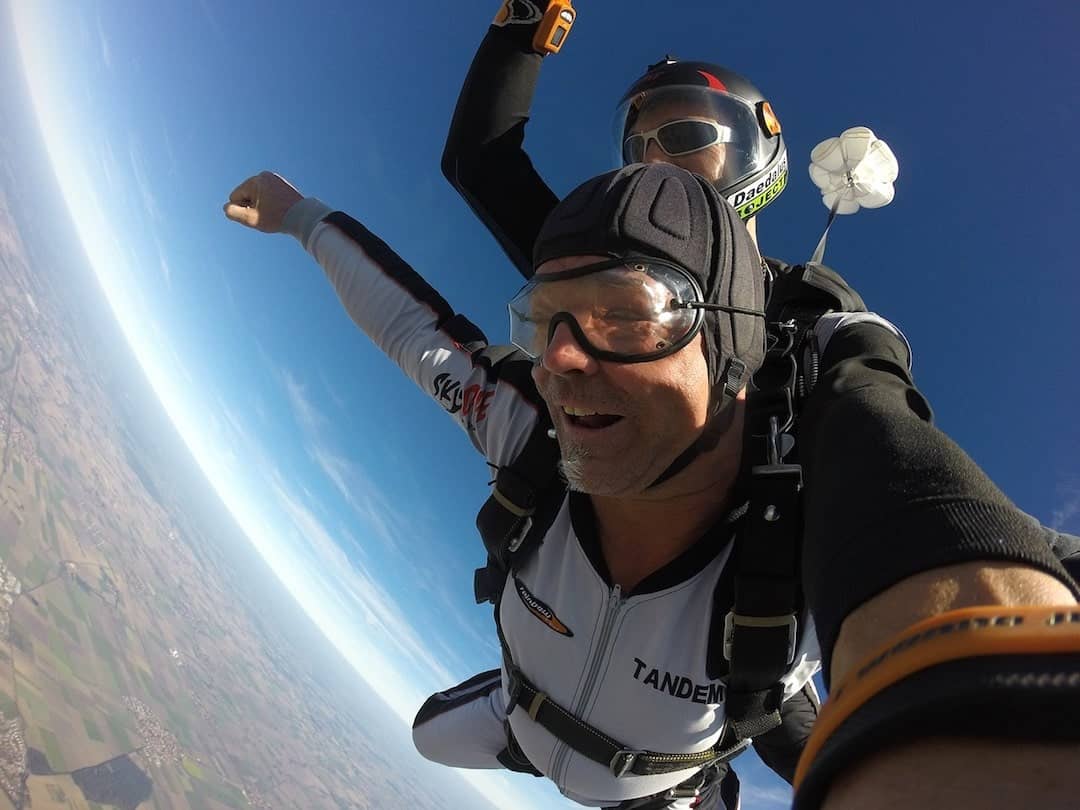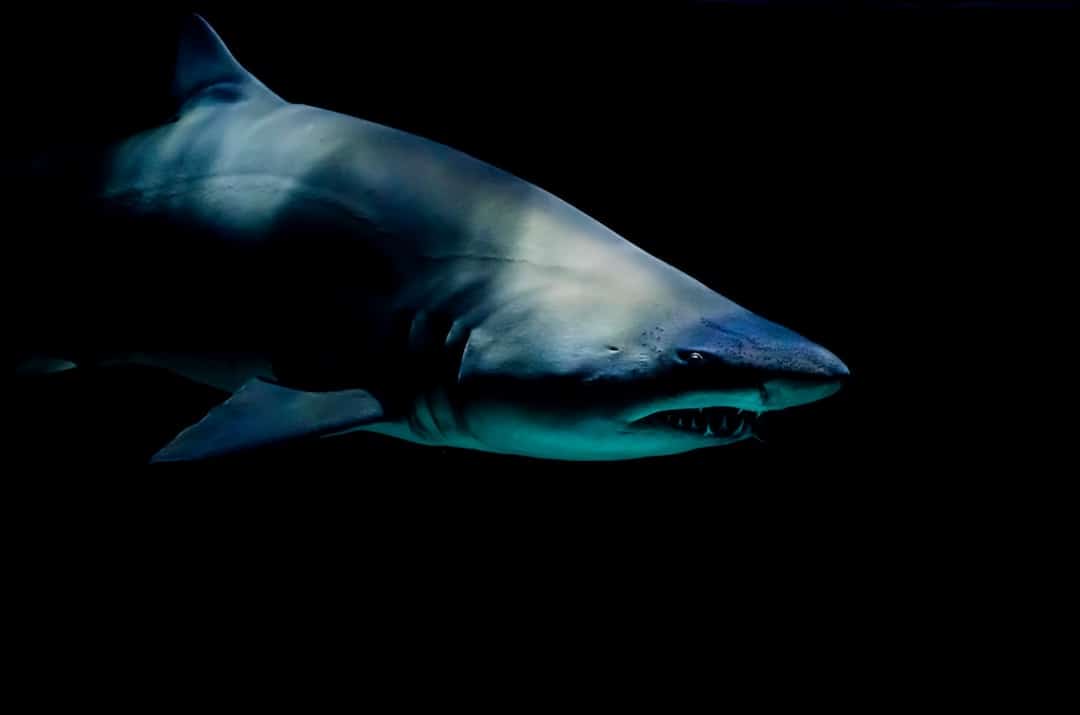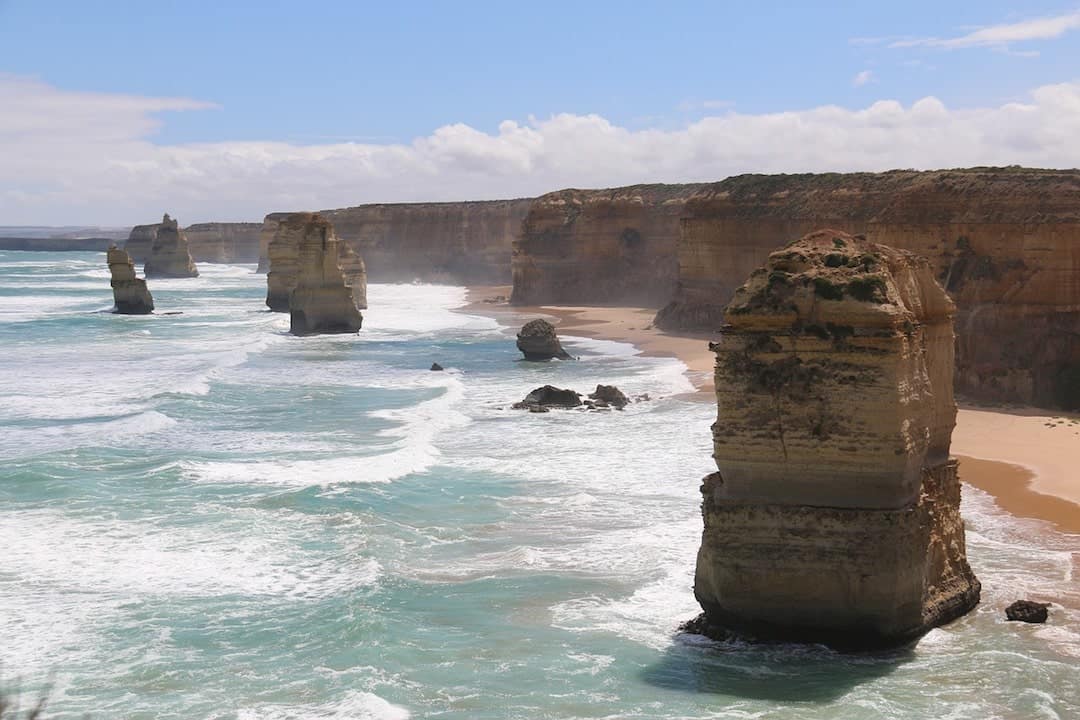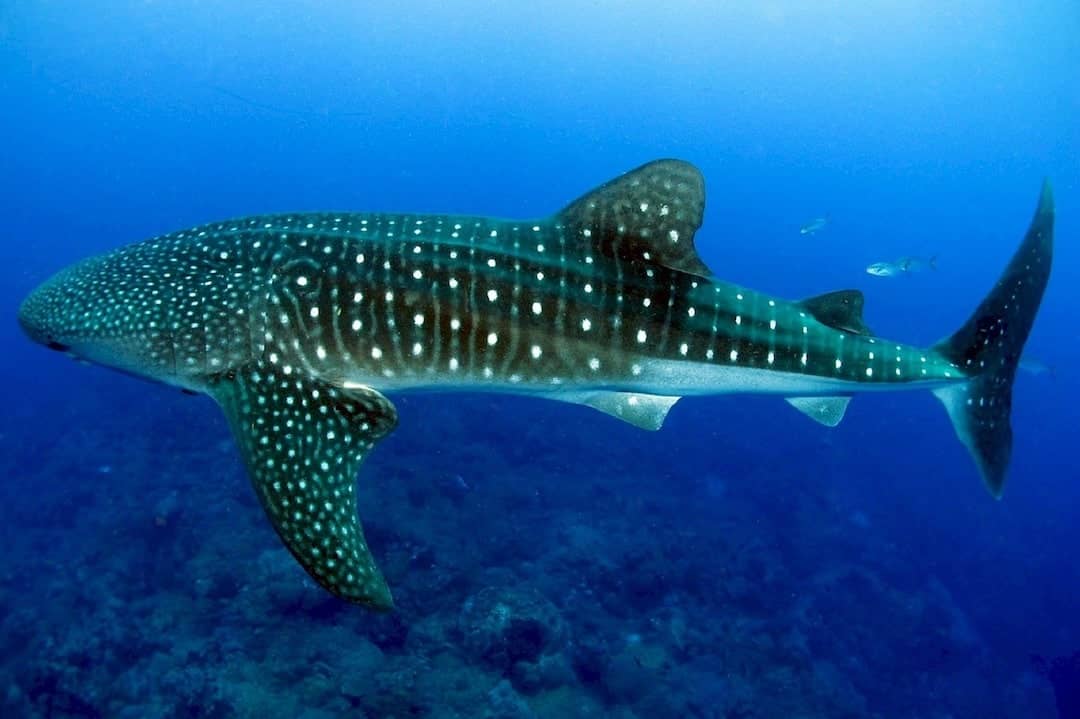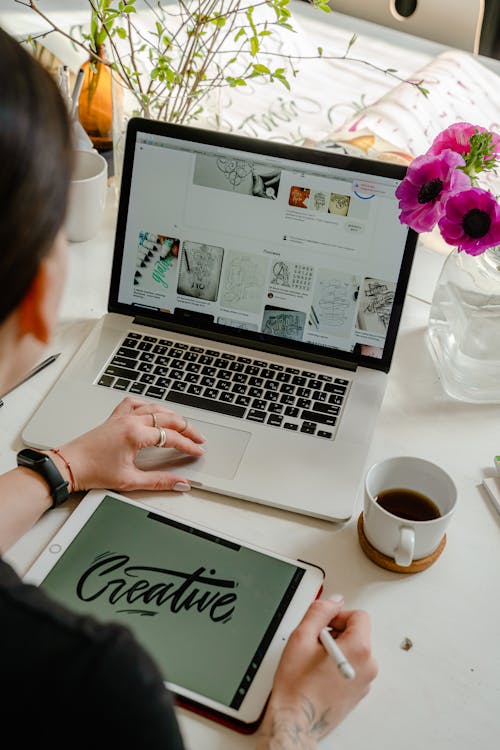wwith the arrival of another new year, you might be reflecting on what you'd like to
achieve and the kind of person you want to be over the next 12 months.
But while roughly a third of us plan to make resolutions or set goals for ourselves in 2024, sticking to them is quite another matter. In previous years, surveys have revealed between 17% and 45% of us abandon these attempts after just the first month. The majority of people quit their resolutions by the middle of the year, according to one study. (Although if a recent YouGov poll is to be believed, Americans were somewhat better at sticking to their resolutions last year, with only 16% of resolution-makers giving up before the end of the year.)
These failures can lead to what some psychologists describe as an annual cycle of "false hope syndrome". Instead, there's some evidence that it might be better to set goals that are more achievable. Research suggests that approach-orientated goals – those that are realistic, specific and where success can be easily measured – tend to be more successful than those that focus on abstaining or avoiding something, such as giving up smoking or drinking.
Deciding what to focus on, however, can be tough. So, to help you make up your mind, here are seven aspects of your life that you could focus on in the first week of the new year using some science-based tips.
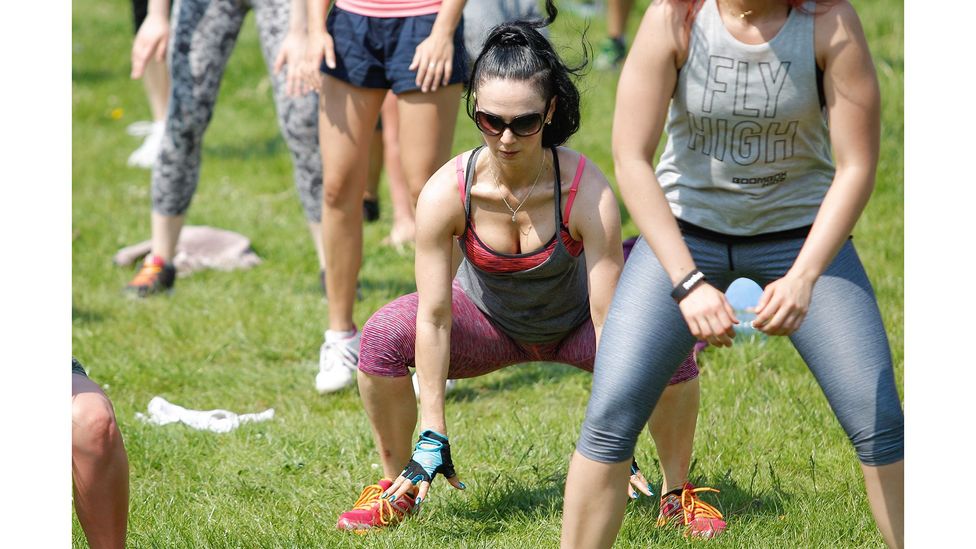
By working with and against gravity,
After what might have been a late night ringing in the New Year, it perhaps makes sense to start by paying some attention to your sleep. And at this time of year, you don't need to feel guilty about hitting the snooze button – scientists say we should all be spending more time in bed during the winter.
Research shows humans experience seasonal sleep, meaning they need more rest during the dark winter than they do during the summer. One German study found that people slept an hour longer in December than in June. To improve your sleep in the winter, go to bed earlier and avoid bright lights in the two hours before bedtime and looking at your phone just before going to sleep. Recent research also found that having a consistent bedtime may help us to maintain a healthy gut.
And while you're spending more time in bed, you might also want to try lucid dreaming, a state of conscious awareness of dreaming while still asleep. Many people use lucid dreaming to help manage nightmares, solve problems, and explore creative ideas.
If you are a fidget, it's time to embrace it: those absent-minded movements such as a tapping foot, jigging knee or fiddling fingers can burn a surprising amount of calories and help to reduce stress.
But with the northern hemisphere in the grips of winter, it is also a good time to get out and do some exercise in the cold, which has been linked to better cardiac health, a stronger immune system and improved weight loss by turning white fat cells to brown.
While you are at it, you could even try turning around during your next walk and do it in reverse. Walking backwards has been found to burn more calories than going forwards, while also strengthening the muscles in your back. It is particularly recommended for people with knee problems as it reduces the strain on the knee joint while increasing the flexibility of the hamstrings. It can also give your brain a boost too.
And don't shy away from getting muddy on those backward walks; getting dirty can help to top up the diversity of beneficial microorgansims that live on our body. People with skin conditions such as psoriasis and atopic dermatitis tend to have an impoverished community of microbes on their skin.
As the largest organ in the body, skin is a surprisingly influential – and plays a curious role in shaping our health. Dry or damaged skin can release biochemicals that contribute to body-wide inflammation, eventually affecting other organs such as the heart and brain. Taking better care of this delicate organ, such as by using sunscreen and moisturiser – might not just help you to stay looking younger, but also improve your biological age.
Day 3: Focus on your mindTalk to a stranger, enjoy a good scare, embrace the chaos of life. All of these things could help you to feel happier, more resilient and less stressed, according to science. You could also try something new. Challenging yourself by learning a new skill to ncrease brain plasticity, which helps the mind to adapt and rewire itself.
If you are feeling particularly energetic, you could also attempt some squats. By working with and against gravity, these deceptively simple exercises can give your brain a surprising boost in blood flow, which, in turn, can improve our cognitive abilities and problem-solving skills.

Standing still and taking in the im
If that sounds like too much hard work, you could always just try thinking yourself young. Research shows that if you see yourself as young, you might just live longer. It might also be worth embracing the power of wonder too, whether that's by climbing a mountain, watching the ocean or marveling at a starry sky. Experiencing awe can reduce stress, boost memory and give you a greater sense of connection to others and the world around you.
Or why not indulge in a spot of singing – perhaps the world's most accessible stress reliever – and an aerobic exercise that releases endorphins, the brain's "feel good" chemicals.
Day 4: Focus on your relationshipsHaving friends is good for you – they can boost your immune system, improve your cardiovascular health and make you feel happier. If you infuse the time you spend with your friends with a bit of rhythm, it could also help to make you feel closer. Walkers who synchronise their steps tend to communicate better, while tapping a beat along with a friend can make both like each other more. And the friends we have can change our habits, for better and worse. We are contently picking up cues from the people around us, and these can have a powerful impact on our behaviour.
If you are looking for something a little more than friendship, you could do a lot worse than embracing your quirkiness. Slight changes in the clothes we wear, and having tastes and opinions that flout conventions can make us more attractive.
Adopting a different attitude towards forgiveness could also be a simple step that can bring multiple benefits to our lives. Although it can be hard, saying "I forgive you" – and actually meaning it – can reduce our stress levels, help us earn more money and even keep us healthier as we age.
Day 5: Focus on what you eatDecember is rarely a time for calorie-counting or moderation, and rightly so. With festive tables littered with treats both savoury and sweet, many of us over-indulge – although contrary to popular belief, eating an outsized Christmas lunch doesn't really stretch your stomach. It is hardly surprising that so many of us start the new year with what we eat at the forefront of our minds.
If you still have leftovers from the festivities, eating them up rather than throwing them away is better for the climate. And while microwaving them might be frowned upon in polite circles, it can actually be the best way to retain the nutrients in food. Plus there shouldn't be any ill effects from doing so (though you might want to avoid using plastic containers for this.)
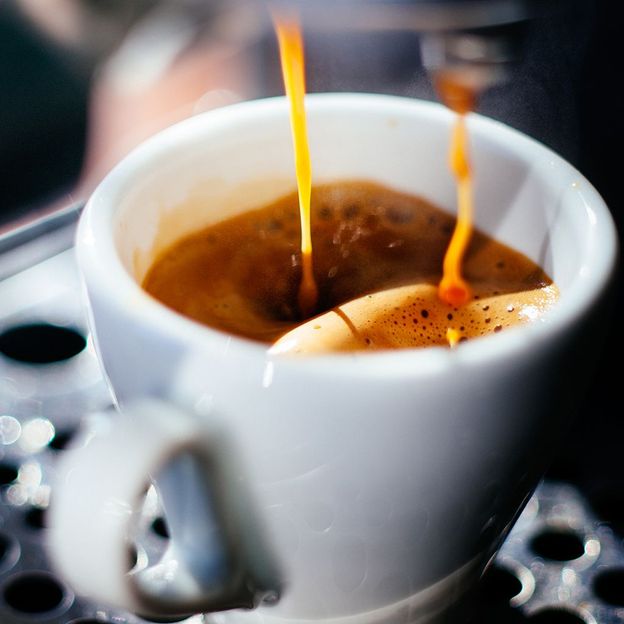
Eating a balanced diet is of course good at any time of year, but probably even better after all that indulgence. Research suggests that junk food – and yes, that includes the chocolates enjoyed from your post-lunch armchair – can be as bad for the mind as it can be for the body.
When it comes to fruit and vegetables, it's not just a case of eating your greens – studies have shown that a rainbow of different coloured fruit and veg can both boost brain health and cut down the chances of developing heart disease.
And while Dry January is a popular way to start the year, you don't have to do the same with coffee: research suggests that those who drink coffee have a lower risk of dying from stroke, heart disease or cancer. Although of course, it's important to consume coffee – like most things – in moderation.
Day 6 - Focus on your fitnessWhile working out can help to build strength, burn fat and improve your mental health, it can also give the microbes in your gut a health boost. It's probably not worth obsessing too much over hitting that 10,000 steps a day goal – some studies suggest that a lower number (fewer than 5,000 a day in some cases) can be enough to boost health.
If you want to get fit quick, then just six sessions of interval training can increase maximal oxygen uptake, a measure of overall fitness, and the efficiency of our body's ability to burn the fuel stored in our cells.
The time of day you exercise can also make a difference – at least where your performance is concerned. Research on Olympic swimmers and cyclists, for example, suggests that they tend to be faster in the evening. But it can also depend on your own circadian rhythms too.
For those looking to eke out an extra few repetitions in the gym or to shave some time off their personal best, it might be worth embracing the power of the placebo. Athletes who take inert pills have been shown to perform better than those who do not, an effect that mirrors what doctors see with medical placebos. But the effect also works with "social placebos" – training with others in a way that increases bonding and provides support can reduce the sense of fatigue and pain.
Day 7 - Focus on your hobbiesAlthough having some idle moments to let your mind wander can bring surprising benefits, some people go to extreme lengths to relieve themselves of boredom. People who are easily bored can find themselves sucked into addictive behaviours such as compulsive mobile phone use and the trait has been linked to an increased susceptibility of a range of mental health issues. Taking up a new hobby can help to keep your brain younger, help to fuel creativity – and stave off that boredom. Nobel Prize-winning scientists, for example, list about three times as many personal hobbies as the average person – and they are particularly likely to engage in creative pursuits such as music, painting, or writing poetry.
There's good news, too, if your preferred pastime is to curl up with a good book: people who read fiction are better at working out what others are thinking and feeling. And if you like to read aloud to others, it can not only improve your memory of what you are reading but also make it easier to understand complicated texts.





















